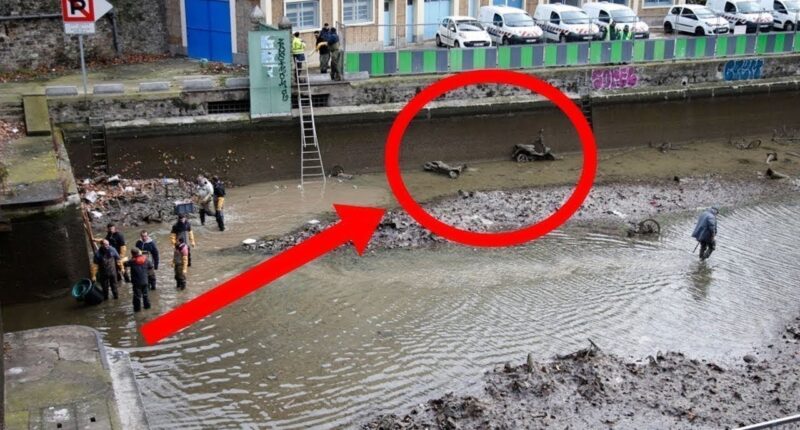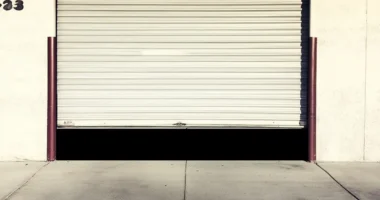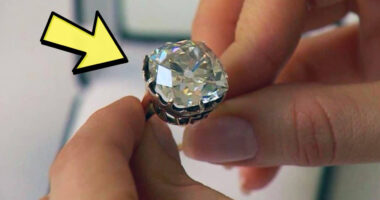The Canal Saint-Martin in Paris, one of the city’s most historic and picturesque waterways, recently underwent a long-overdue deep cleaning, revealing a treasure trove of bizarre and fascinating artifacts buried beneath its murky depths. While its scenic beauty continues to attract both tourists and locals, centuries of pollution and neglect have turned it into a watery graveyard of lost and discarded objects.
Recently, city authorities drained and cleaned the canal for the first time in nearly 15 years, unearthing over 40 tons of debris. However, it wasn’t just beer cans and plastic waste that workers pulled from the sludge. What they found ranged from thousands of abandoned bicycles to mysterious wartime relics, each object offering a silent glimpse into Paris’ past.
From its origins as an essential water source ordered by Napoleon Bonaparte to its present state as an urban dumping ground, the Canal Saint-Martin holds secrets beneath its shimmering surface. This recent cleanup was not just an environmental effort—it was an archeological expedition through time, revealing layers of history that had remained hidden for decades.
A Canal Built for a Growing Paris
The Canal Saint-Martin was not built for leisure or aesthetics. It was constructed with a specific purpose in mind—to provide clean drinking water to a rapidly expanding city.
Back in 1802, Napoleon Bonaparte saw the need for a fresh water supply to meet the demands of Paris’ growing population. With the city expanding at an unprecedented rate, the risk of waterborne diseases like cholera and dysentery was alarmingly high. The Seine, the city’s main water source, was already heavily polluted, so the decision was made to construct a new canal system to bring clean water from the River Ourcq into the heart of Paris.
Interestingly, in true French fashion, the project was financed through a tax on wine—a strategy that seemed to work remarkably well. This tax generated enough revenue to fund the construction of not just the Canal Saint-Martin, but also the Canal de l’Ourcq and Canal Saint-Denis, creating an intricate waterway network in the city.
However, as time passed and Paris modernized, the canal’s role shifted. It was no longer primarily used for drinking water but became an important avenue for trade and commerce, allowing goods to be transported efficiently throughout the city.
From Scenic Beauty to Watery Junkyard
For years, the Canal Saint-Martin was an economic lifeline, bustling with commercial activity. But as industrialization transformed Paris, transportation evolved, and the need for canals diminished. Trains, automobiles, and trucks gradually replaced boats as the primary method of transporting goods.
Without regular upkeep, the canal became neglected and, over time, it evolved into an unintended trash heap. By the late 20th century, it had become a dumping ground for anything and everything—from everyday household waste to unexpected and sometimes sinister objects.
Despite this, the canal retained its charming allure, attracting tourists and Parisians alike. But underneath its glassy, tranquil waters, a world of forgotten artifacts lay hidden.
The Great Cleanup: Draining the Canal
In early 2016, city authorities made the long-overdue decision to drain and clean the canal—something that hadn’t been done since 2001. Given that 15 years had passed, there was no telling what they would find beneath the water.
As workers began damning off sections of the canal and draining out the water, the transformation was astonishing. What was once a peaceful, picturesque waterway suddenly revealed a dark, muddy abyss, littered with decades worth of debris.
For onlookers, the sight was both captivating and horrifying. Parisians gathered along the canal’s edges, watching in amazement as workers descended into the thick sludge to begin the cleaning process. The once bustling waterway was now reduced to a barren trench, with murky puddles of water and layers of silt and mud covering the ground.
And then, the discoveries began.
40 Tons of Bizarre Finds
What lay beneath the Canal Saint-Martin was a chaotic mix of the ordinary and the extraordinary. The workers pulled out everything from rusty bicycles and motorbikes to century-old relics and wartime artifacts.
Among the most common finds were:
Thousands of wine bottles and beer cans (perhaps the result of Parisian picnics gone wrong).
Countless bicycles and mopeds, many of them from the popular Vélib’ bike-sharing system—suggesting that people had a habit of throwing their rented bikes into the water.
Shopping carts, road signs, and old furniture, evidence of urban life’s carelessly discarded remnants.
But beyond the everyday junk, some truly bizarre artifacts emerged from the mud.
Historical Artifacts from the Past
Mixed in with the debris were objects of historical significance, including:
Old cameras and boom boxes, remnants of a bygone era.
World War I relics, including coins from the early 20th century.
An unexploded shell, likely from the First or Second World War—a stark reminder of Paris’ wartime past.
Perhaps most astonishingly, an entire car, buried beneath layers of silt, as if forgotten by time.
Each of these items told a silent story, a forgotten moment in history now unearthed for the world to see.
Saving the Canal’s Aquatic Residents
While the cleanup focused on removing debris, there was also concern for the canal’s aquatic life. Over the years, despite the pollution, the canal had become home to a thriving fish population.
Rather than leave these creatures to perish in the drying canal, workers undertook a massive rescue operation, relocating over 4 tons of fish to safer waters. The city’s effort to preserve aquatic life was widely praised, highlighting the delicate balance between urbanization and environmental responsibility.
What Else Might Be Hidden Beneath Paris?
The discoveries from the Canal Saint-Martin beg the question—what other secrets lie hidden beneath Paris?
With its centuries-old streets, underground tunnels, and network of canals, Paris is a city layered with hidden history. While the canal cleanup has provided a fascinating look into the past, it’s likely that many more mysteries remain submerged beneath the city’s waters, waiting to be unearthed.
As workers wrapped up the canal’s cleanup, one thing became clear—this was more than just a maintenance project. It was an archeological journey, a deep dive into Paris’ past, offering a rare glimpse into the everyday lives, habits, and history of its people.
For now, the Canal Saint-Martin flows cleaner and clearer, restored (at least temporarily) to its former glory. But given the careless habits of city dwellers, it’s only a matter of time before the next great cleanup reveals yet another trove of forgotten artifacts.
Until then, who knows what other secrets Paris still has to share?








